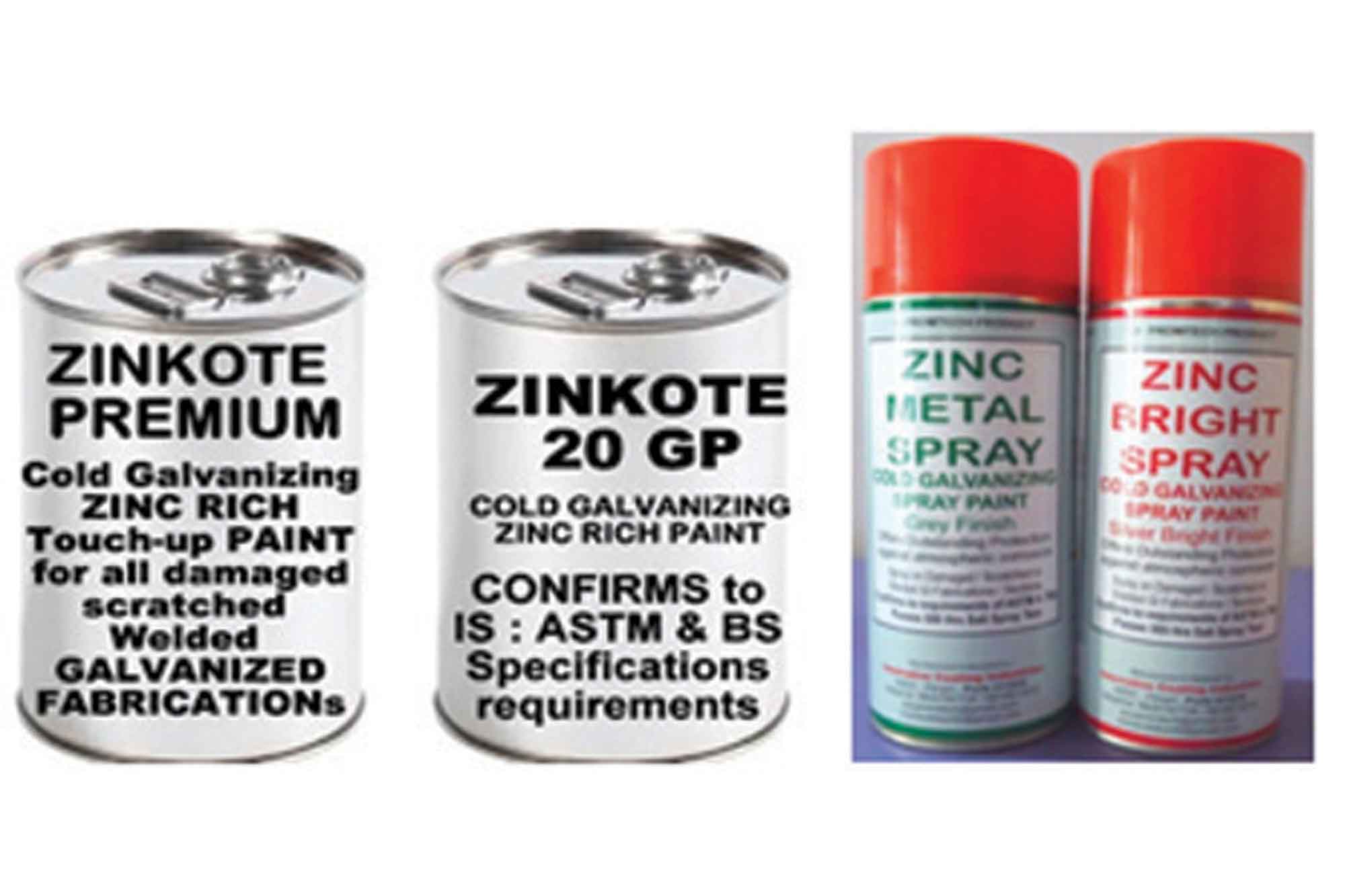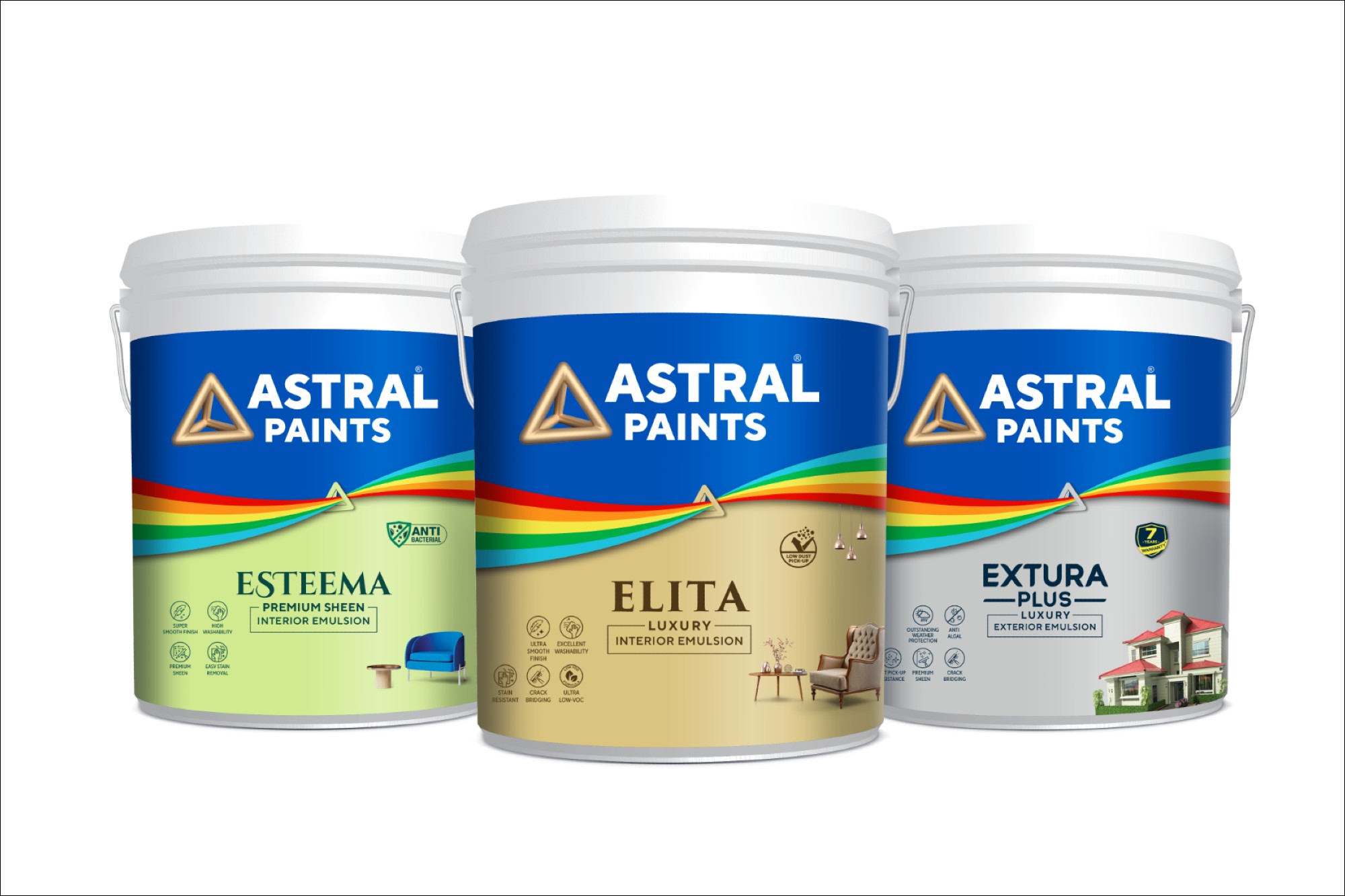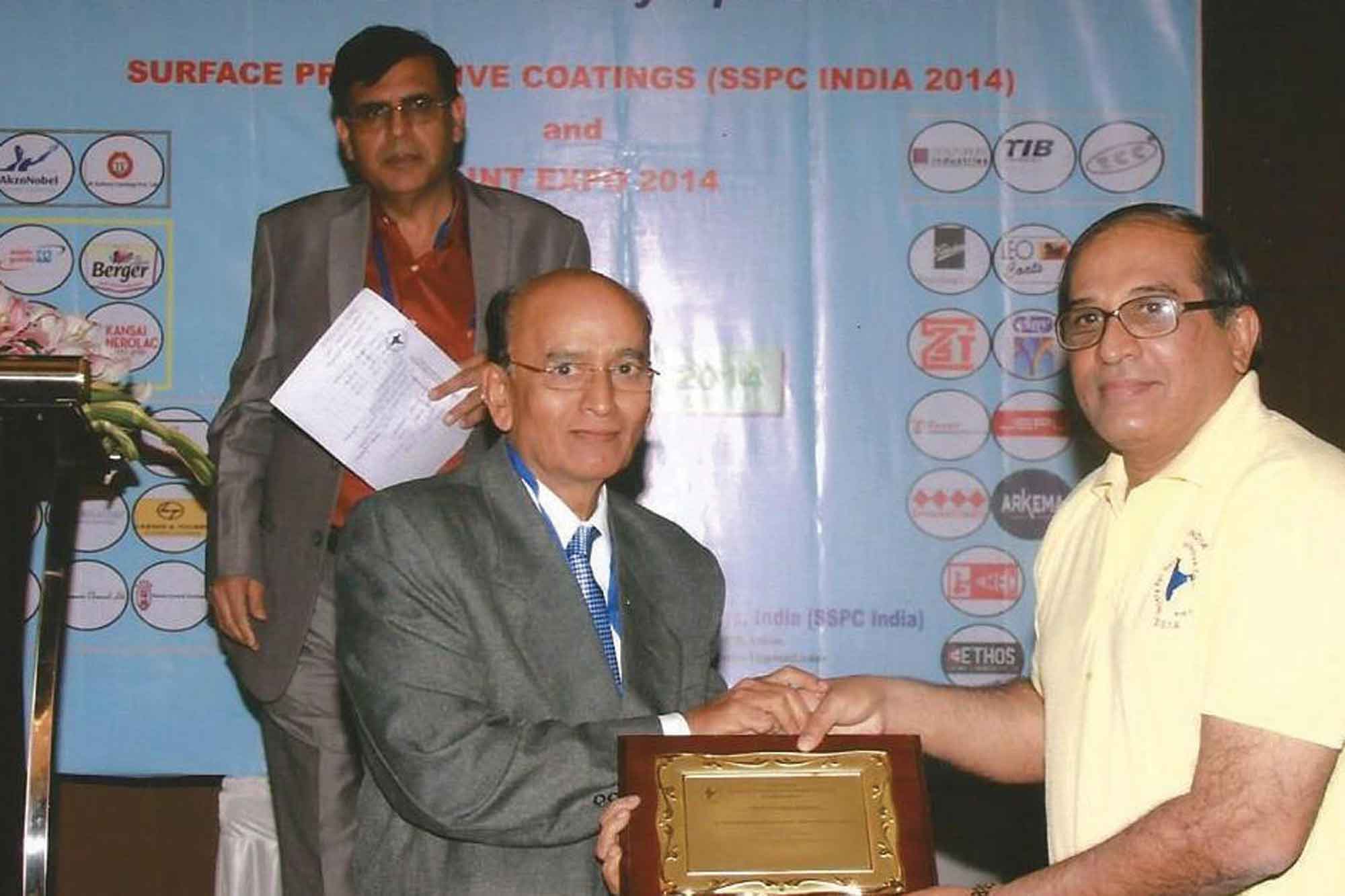Protecting steel using cold galvanizing
By Edit Team | February 20, 2017 9:54 am SHARE

Cold galvanizing: The term cold galvanizing is often used in reference to painting the mild steel fabrication or damaged galvanized structure or object with 99 per cent pure zinc-rich paint. Galvanizing by definition means a metallurgical reaction between zinc and iron to create a metallic bond between zinc and steel of approximately 3600 psi strength. There is no such reaction when zinc-rich paints are applied and the bond strength is only several hundred psi. Application of zinc rich paints will completely seal the exposed, scratched, weldedc, damaged surface (resulting from removal of zinc layer on mild steel. Such damaged surfaces are virgin and are much more prone to atmospheric corrosion. Corrosion and rusting are a sub-surface phenomenon and will propagate under the galvanized zinc coating layer. Hence it is customary and mandatory to coat such areas with cold galvanizing zinc rich paints.
Mild steel used in all kinds of structural fabrications (angles, channels, wide-flange beams, I-beams, H-beams, grating, expanded metal, corrugated sheets, wire, cables, plate, castings, tubing, pipe, bolts and nuts). The industries that utilize hot-dip galvanized steel range from Infra and EPC projects, water & wastewater treatment plants architectural steel structures (canopies, facades, exposed structural steel, lentils, reinforcing steel for concrete decks, exposed structural steel columns and barriers, pulp and paper plants (structural steel, walkways, handrail) , motor housings, electrical cabinets, frames, heat exchanger coils). Transmission towers, distribution poles, substations, wind turbine poles, signal antennas and towers, rail transportation (poles, switchgear, miscellaneous hardware), chemical or petrochemical plants, off-shore constructions, pipeline hardware steel buildings, storage tanks, walkways) silos, tank farms, chemical and steam pipelines, fence poles, boats, trailers, stadiums, arenas, road crash guards, racetrack fences) pre engineered metal buildings and almost every mild steel fabrications.
Galvanizing protects steel from corrosion: Zinc metal used in the galvanizing process provides an impervious barrier between the steel substrate and corrosive elements in the atmosphere. It does not allow moisture and corrosive chlorides and sulphides to attack the steel. Zinc is more importantly anodic to steel. This means it will corrode before the steel, until the zinc is entirely consumed.Prevention of wet storage stain: Zinc on newly galvanized steel is very reactive and wants to form zinc oxide and zinc hydroxide corrosion products on exposure to Air, UV Radiation and moisture and Water vapours in the atmosphere. These eventually become the stable zinc carbonate. When galvanized steel is tightly stacked or stored in wet boxes that don’t allow for free flowing air, the zinc forms excessive layers of zinc hydroxide, otherwise known as wet storage stain. Most wet storage stain can be easily removed with a cleaner or nylon brush. To prevent wet storage stain, store galvanized steel indoors or block it so that there is ample free flowing air between each galvanized article.
Contact:
Pradeep Vaidya, CEO,
Innovative Coating Industries,
MIDC, Pune Thane: B-7 / 701,Vedant Complex,
Vartak Nagar Naka,Thane (West) – 400 606
Mobile: +91-9820181738
Email: puvpromtech@gmail.com
Sonia Vaidya, Tech Mktg Executive,Thane
Tele: +91-22-25883265, 9819813015
Email: soniavaidya30@gmail.com
Cookie Consent
We use cookies to personalize your experience. By continuing to visit this website you agree to our Terms & Conditions, Privacy Policy and Cookie Policy.




































-20240213125207.png)

























